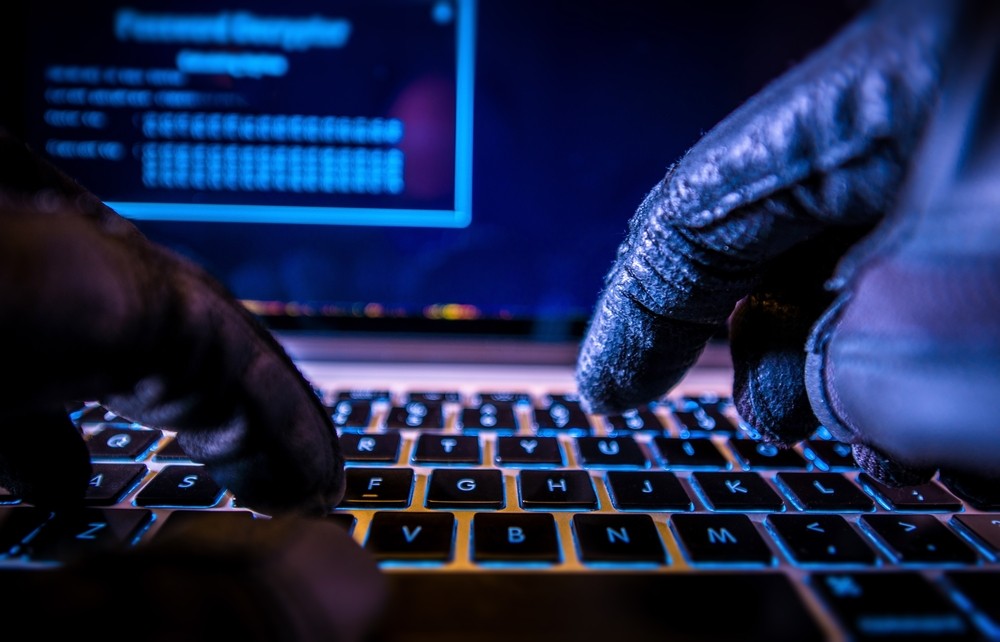Key Takeaways:
- Suspected Chinese hackers tracked as UNC5221 broke into US software developers and law firms.
- They stole intellectual property and security data to help Beijing in trade talks.
- They used custom malware named BRICKSTORM and maintained access for over a year.
- Experts urge businesses to strengthen cybersecurity defenses now.
Chinese hackers strike US software and law firms
Recently, suspected Chinese hackers infiltrated top US software companies and law firms. They focused on valuable designs and security files. In plain words, these spies stole plans that protect networks. Moreover, they aimed to gain leverage for Beijing in tough trade talks. Because tensions between the US and China are rising, this digital theft adds fuel to the fire. Experts now warn that no organization is safe without better defenses.
How Chinese hackers use custom malware and spy tools
In this breach, Chinese hackers deployed a tool called BRICKSTORM. First, they sent fake emails to trick employees. Then, when someone clicked a link, BRICKSTORM installed itself. From there, the hackers moved freely inside networks. They looked for files on patents, security patches, and code blueprints. They also planted hidden backdoors to return later. This stealthy approach let them stay inside for more than a year. As a result, they could copy and send data to China without being spotted.
Why Chinese hackers target intellectual property and security data
Chinese hackers go after intellectual property because it has high value. Trade secrets help companies stay ahead in tech markets. By stealing them, these hackers give Beijing a shortcut. Also, they want security data to find network weaknesses. With such knowledge, they can plan future cyber attacks. In addition, the stolen data can influence trade negotiations. If China holds secret files, they may pressure the US in talks. In short, this digital spying can shape global politics and business deals.
Steps to defend against Chinese hackers
To fight back, organizations must boost cybersecurity in key areas. First, staff training is vital. Employees need to know how phishing emails look. Also, adopting multi-factor authentication adds a strong lock on accounts. Next, regular software updates patch security holes before hackers exploit them. Moreover, firms should run frequent security checks and penetration tests. These drills reveal weak spots early. In addition, creating network segments limits hacker movement if they break in. Finally, keeping logs and monitoring traffic can catch intruders fast. By following these steps, companies can close doors that Chinese hackers use.
The bigger picture and what comes next
The UNC5221 activity highlights a new phase of cyber espionage. Unlike quick smash-and-grab hacks, these spies stay hidden. They wait, observe, and extract data slowly. This method makes detection harder and damage larger. As a result, cybersecurity experts call for broader cooperation. They want sharing of threat information among firms and government agencies. Only then can defenders spot patterns and block attacks faster. Also, new laws may force companies to report breaches sooner. In the end, defending against Chinese hackers will require teamwork, smart tech, and constant vigilance.
Frequently Asked Questions
What makes UNC5221 different from other hacker groups?
UNC5221 uses custom malware like BRICKSTORM and targets long-term stealth. They focus on intellectual property and security data to benefit Beijing’s trade goals.
How did the hackers maintain access for over a year?
They planted multiple backdoors in company networks. By changing tactics and using stealth tools, they avoided detection during regular security scans.
What is BRICKSTORM malware and how does it work?
BRICKSTORM is custom spyware that installs through phishing emails. It grants remote control, copies sensitive files, and creates hidden entry points for future use.
How can companies protect themselves from similar attacks?
Organizations should train employees on phishing, enable multi-factor authentication, update software regularly, segment networks, and monitor traffic for unusual activity.

